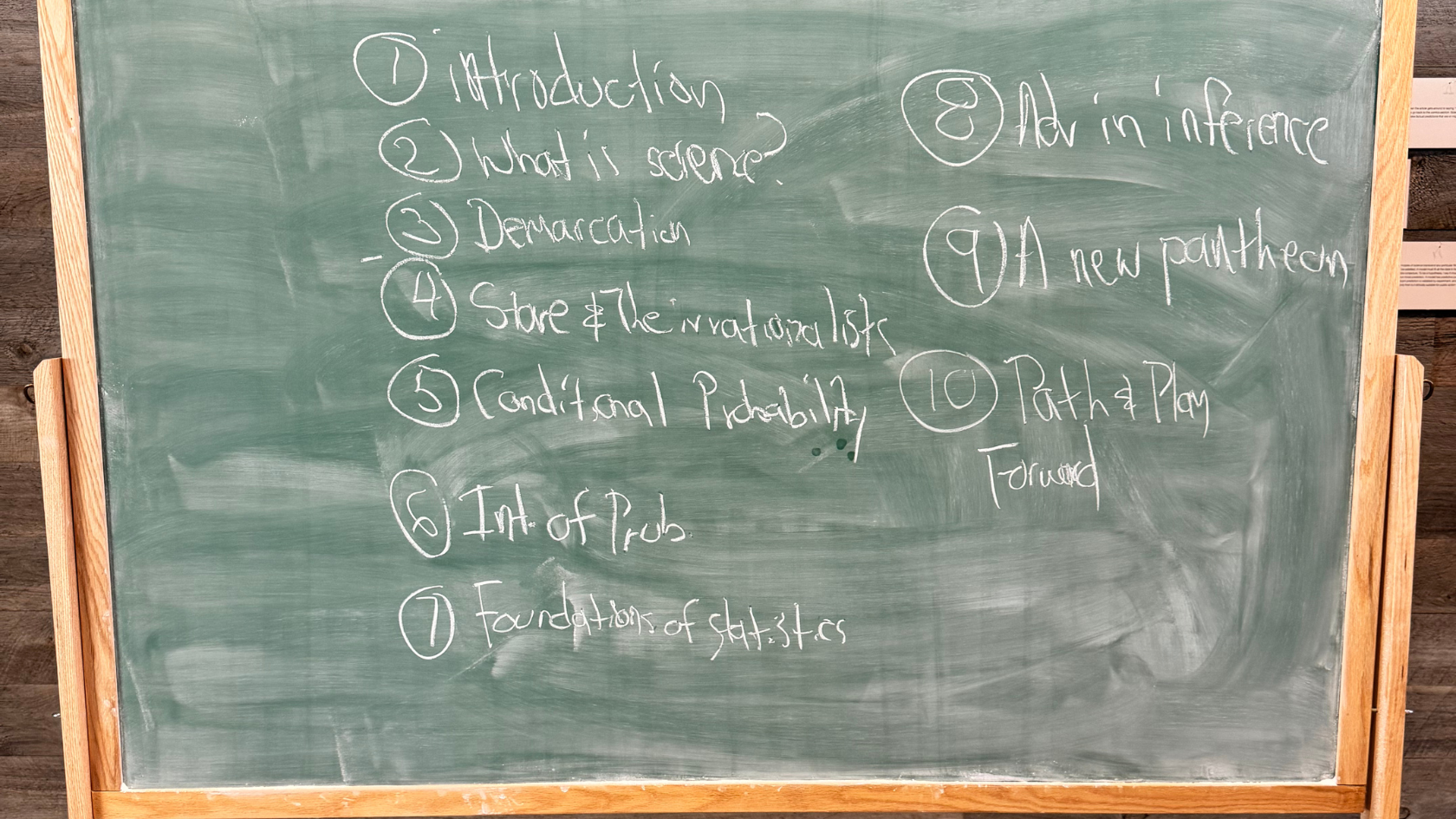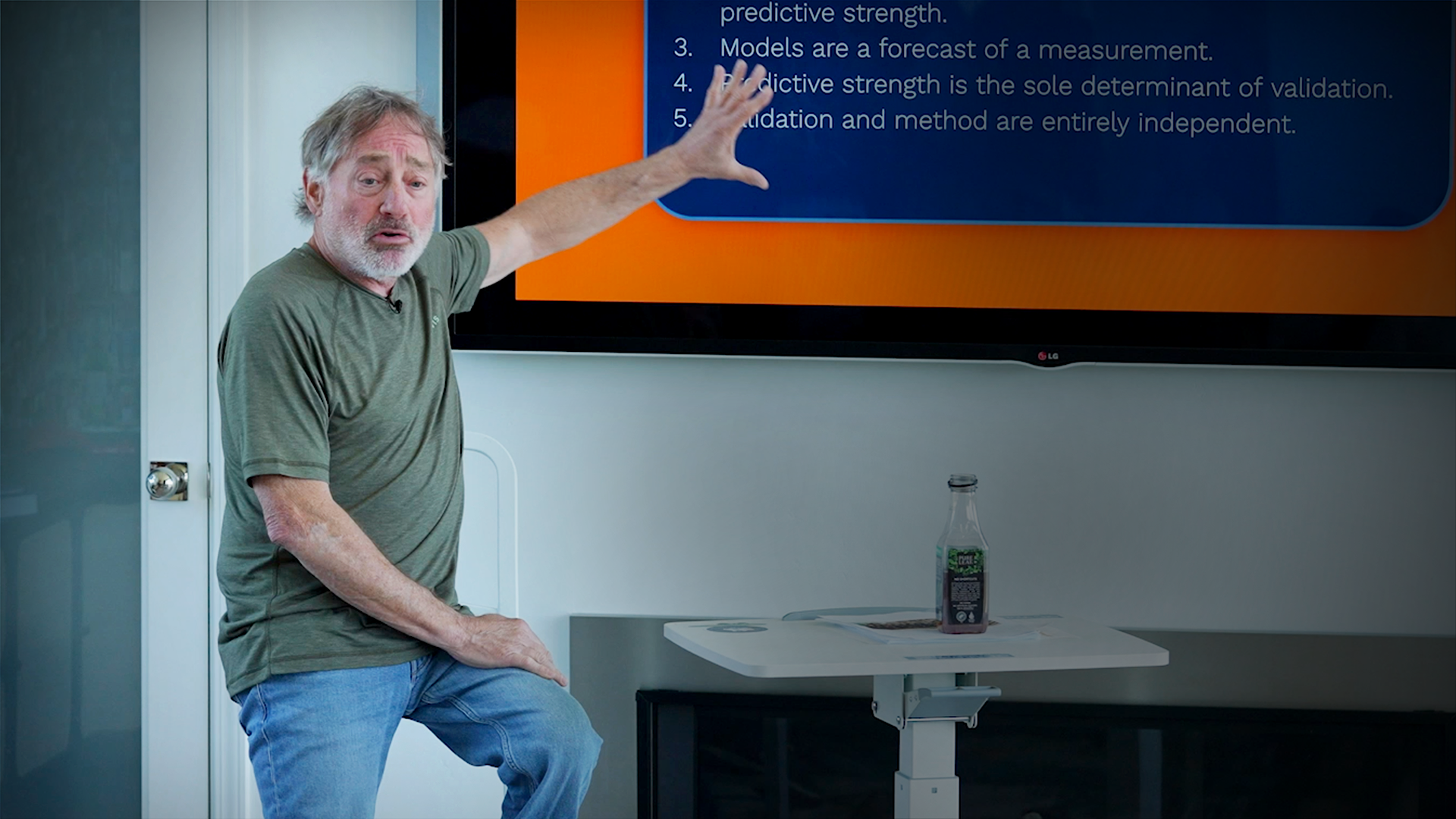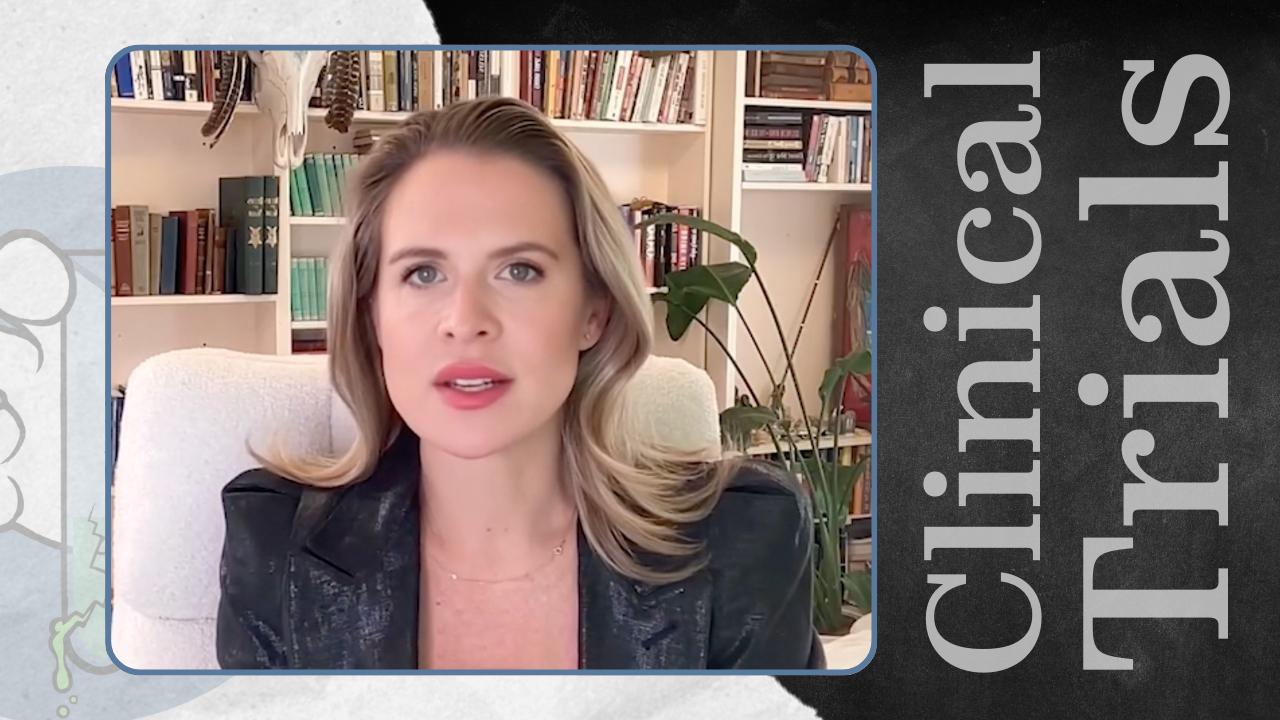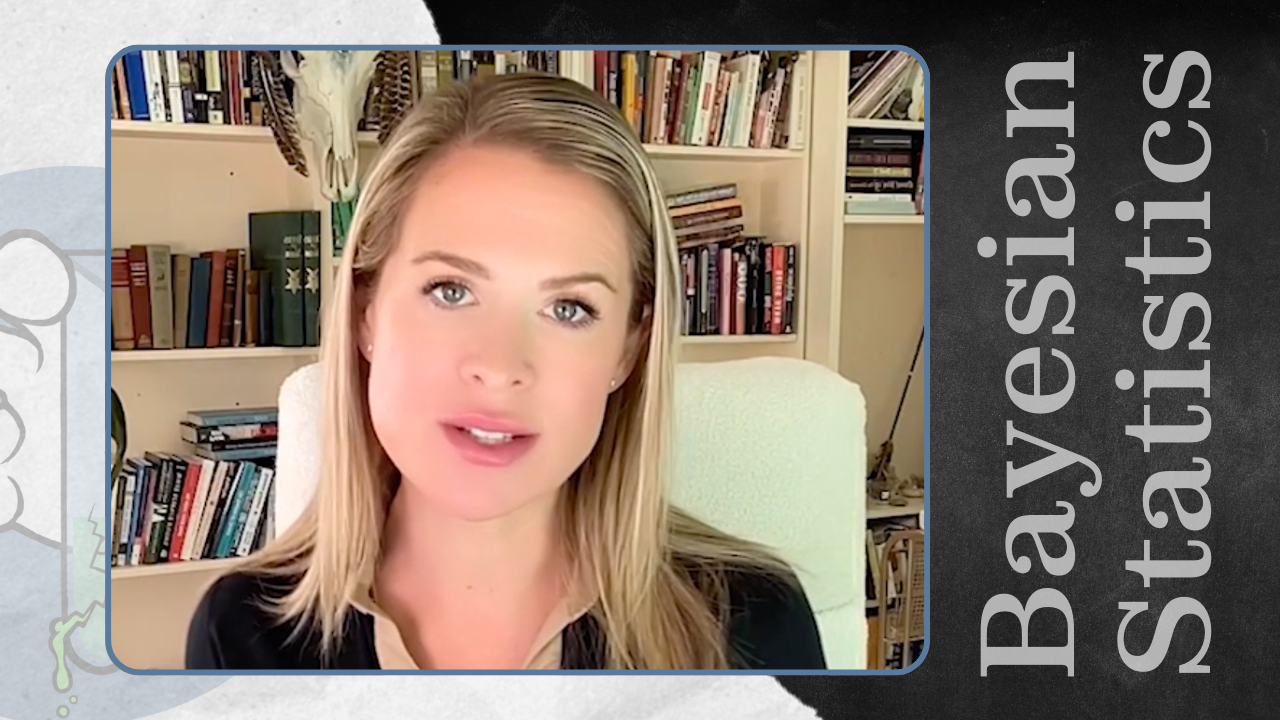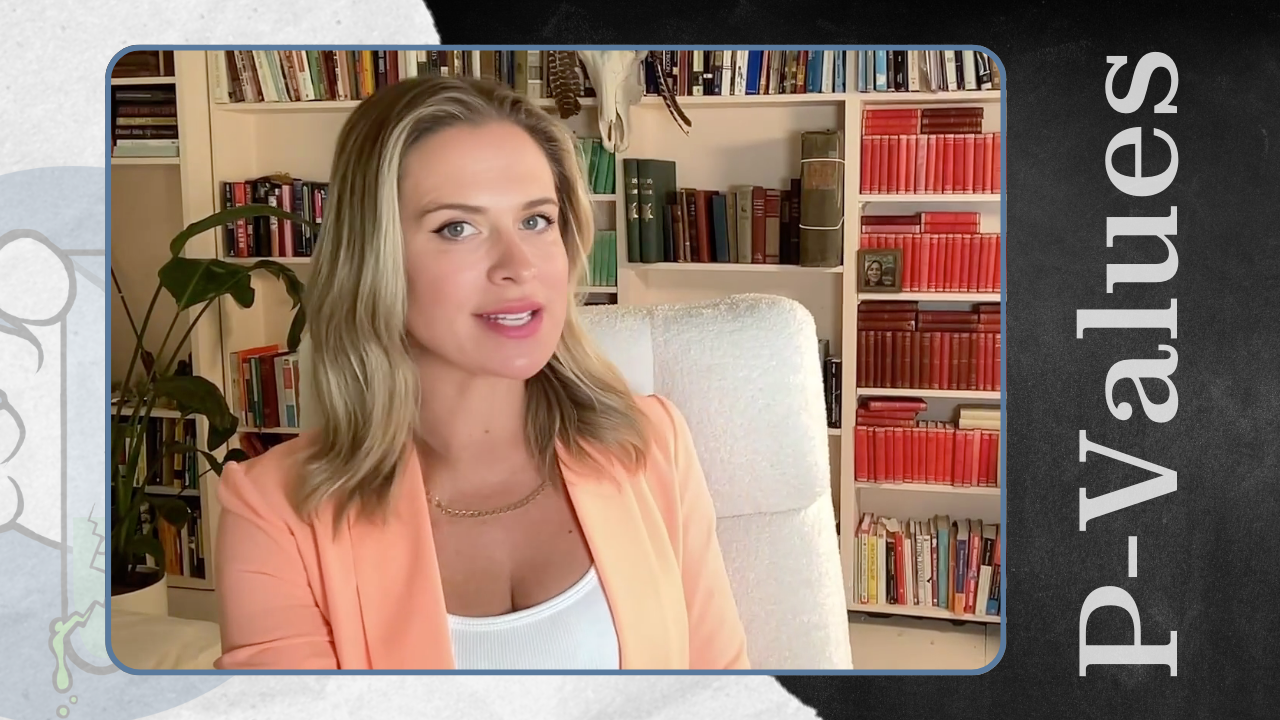Category: Significance Testing
Category: Significance Testing
Coming August 28th! This episodic series from BSI's Emily Kaplan aims to change our collective conversation through art and science.
In early May 2024, Greg Glassman hosted a group of friends for tacos and an informal presentation of what science is, and the problems with the science of today.
Epoch TV recently released an interview with BSI’s Emily Kaplan on their show American Thought Leaders with Jan Jekielek.
By Emily KaplanEmily delves into the world of randomized clinical trials, explaining the steps in the process, the limitations of the trials, and common problems.
By Emily KaplanGerd dives into the history of statistical analysis in his field of psychology, which has led to a paradigm of rituals, in place of meaningful thought.
Greg Glassman kicked off the 2024 BSI Epistemology Camp with this presentation. Greg’s talk centers around the ‘breaking point’ from modern science to post modern science.
In this video Emily explains the difference between a Bayesian approach and a frequentist approach to analyzing statistics. A Bayesian analysis looks at prior probabilities combined with data to determine the probability that the hypothesis is true. A frequentist analysis compares the hypothesis to the null-hypothesis, a yes/no approach, to determine if the data could support the null-hypothesis. It then ranks the data with a P-value, but it actually says nothing about the hypothesis being true.
By Emily KaplanSimply put, a p-value is a measure of the likelihood that the results of a study are due to the hypothesis, and not simply a result of chance. It compares the “null hypothesis,” the idea that the thing being studied has no effect, vs the “alternative hypothesis,” the thing being tested. So if the p-value is low, the data is thought to be significant. However, the p-value does not validate the effectiveness of the thing being studied, it simply claims to shows that the results were not due to chance.
Frighteningly, scientists, researchers, and medical professionals misinterpret the meaning of p-values but place extreme faith in them.
By Emily Kaplan
